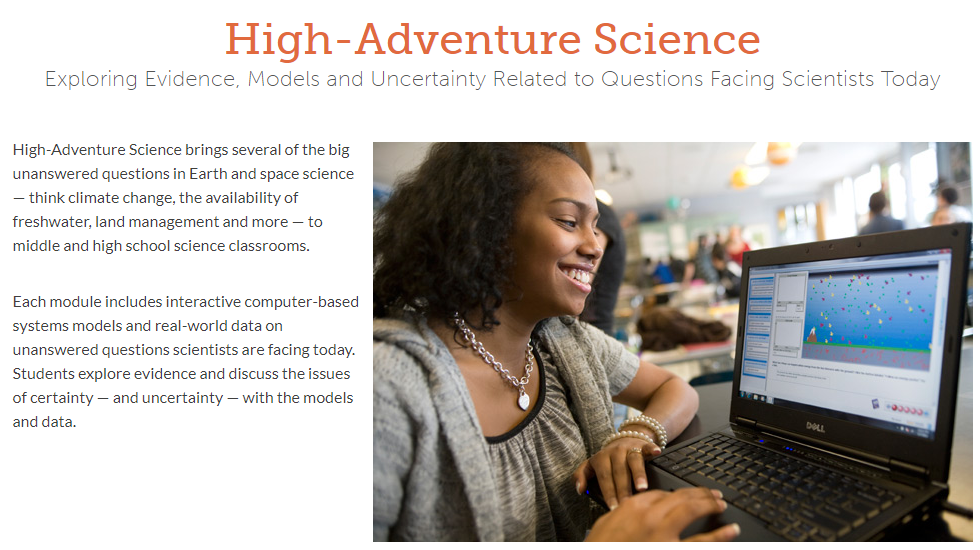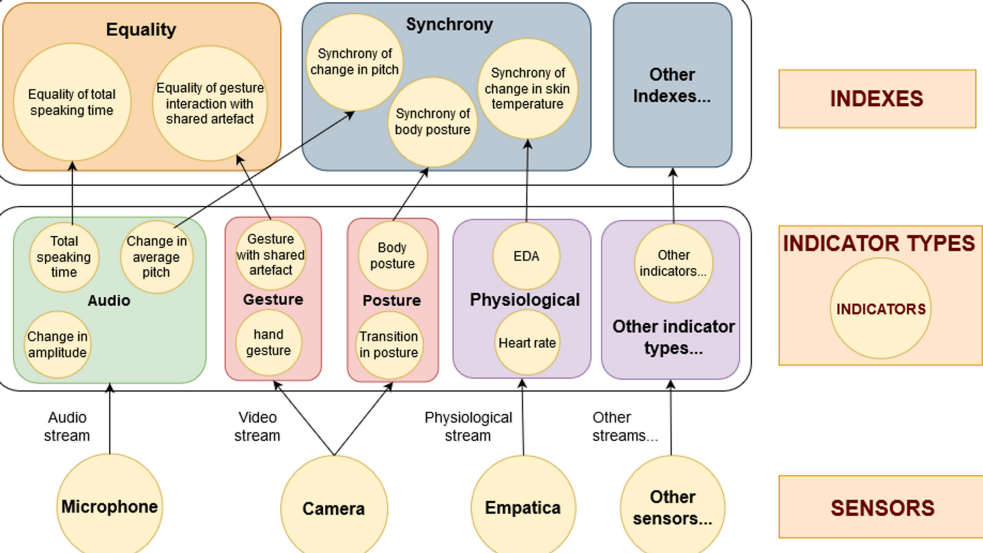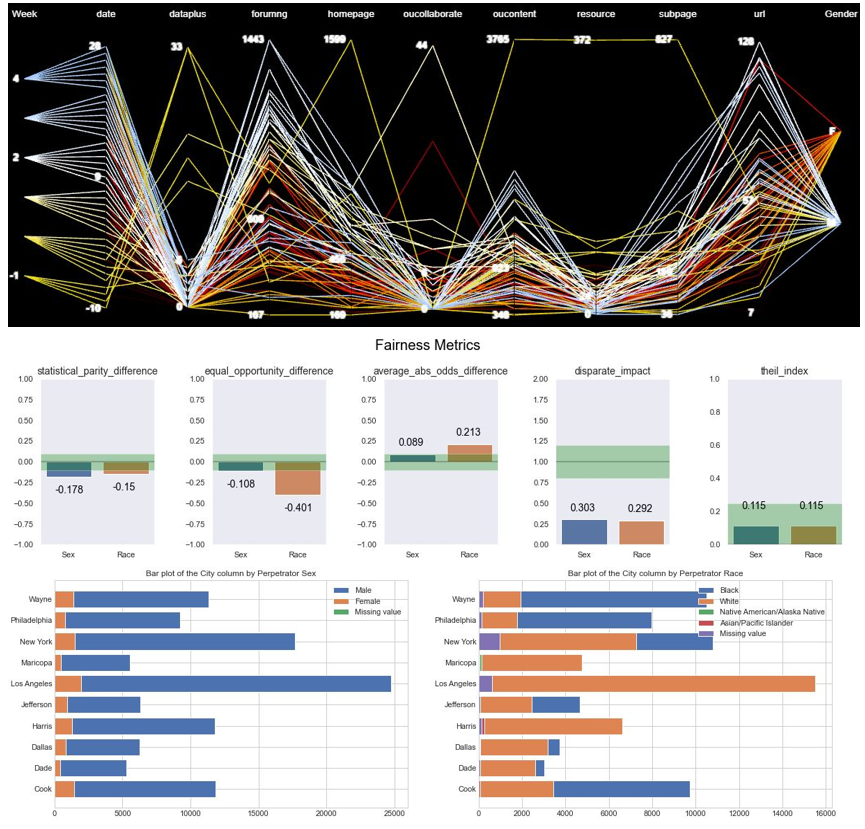Image Processing unravels scientific reasoning procedure
Scientific argumentation is an essential practice through which scientific knowledge is generated, communicated and refined. By engaging in scientific argumentation, scientists generate evidence-based claims with theoretical backing, examine the constraints of their investigations and critique their own and others’ ideas. For students, scientific argumentation provides genuine opportunities to express and develop their understandings of topics in science by generating and selecting evidence, elaborating scientific reasoning and persuading their peers through rhetorical and dialogical discourse.
Currently, the role of visual representations in scientific argumentation remains poorly understood.Given the current trend of learning at scale accompanied by technological advancements (eg, electronic drawings, digital photos and three-dimensional models), students can produce plenty of images in every class. In this project, we investigated how visual representations support student scientific reasoning processes.Particularly, I explored approaches to quantify the associations between the visual features and the quality of students' scientific arguments.

Pei, B., Xing, W., Lee, H. S. (2019). Using Automatic Image Processing to Analyze Visual Artifacts Created by Students in Scientific Argumentation. British Journal of Educational Technology, 50(6),3391-3404
Pei, B., Xing, W., Zhu,G. & Antonyan, K. (2021). Visual Representations in Scientific Evidence-based Reasoning Processes. International Journal of Science Education(Under Review)


